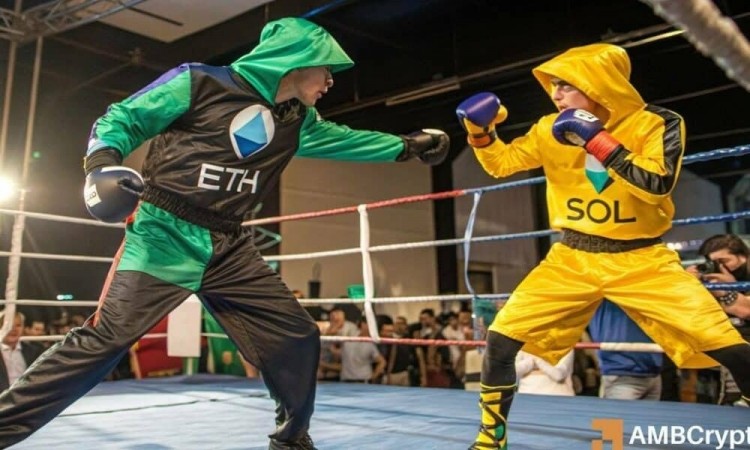What exactly is NFT and what does it have to do with art? The saying goes, "Three generations to make money in music, one life ruined in art." According to a 2020 survey on the survival status of "post-80s" artists, most artists don't have enough exposure opportunities. Galleries mainly focus on a small number of artists who are more marketable, such as those who have had more than 7 solo exhibitions, which account for 11% of the artists surveyed. Close to 60% of the surveyed artists have an average selling price of less than 50,000 yuan ($7,700), with 500,000 yuan ($77,000) being the price ceiling for post-80s artists. 75% of post-80s artists can't support themselves through artwork sales alone, and some rely on red envelopes, food delivery, and bonuses to make ends meet.
The emergence of NFT might change this situation. NFT stands for Non-Fungible Token, which means it is unique and cannot be replaced.
For artists, NFT not only gives digital artworks unique value but also provides new ways to monetize their creations. From a practical perspective, what can you do with the NFT you buy? As a fan, you can financially support the artist and own their unique works, including music, videos, photos, and more. It can even become a conversation starter when interacting with others.
If you are a collector, collecting a virtual artwork through NFT is not very different from collecting a physical artwork. If your ancestors had the opportunity to collect a Van Gogh painting at a relatively low price, it could have changed the fate of your family. Now, NFT might be an opportunity like that.
However, after Beeple cashed out his $53 million worth of ETH earned from selling NFT artworks, the controversy about whether NFT is a tech bubble or the future has risen again. Perhaps it is difficult to define what NFT will become, but it has indeed brought opportunities to artists.
In the past, artists had to pay substantial fees to intermediaries to monetize their popularity, and NFT simplified and streamlined this process. For example, if you create a painting, in order to make a living, you might need to go to galleries to sell it. Even if a gallery accepts it, you may only receive a small portion of the money while the rest is taken by the system. But with NFT, monetizing your popularity becomes straightforward: sell it, whoever wants it buys it. In the primary market, as an artist, you can effectively monetize your popularity. In the secondary market, after purchasing an NFT, you can use it to create art value.
In short, NFT puts the power back into the hands of artists. This is how simple it is!
In conclusion, the first step towards the future of the art industry is to ensure that artists can earn money.
Source: NFT University


不可繁殖的艺术是我们通常理解的艺术,由人类艺术家创作并上传到区块链和 NFT 绑定画。我们看到的大部分 NFT 艺术品不能繁殖。主要例子如下:Beeple | 最近以6900万美元的价格出售了一幅 NFT 画作,刷新了 ...


“DeFiSummer”假如从2020年的6月逐渐算起,迄今日已一年多,这一年多的時间里,全部DeFi全球如如雨后春笋瘋狂提高,一样也遭到了各种各样风吹雨打,但仍破坏不了它坚强不屈的活力。 2021年各...


压缩 NFT 的主要特点借助 cNFT,艺术家和开发者可以以传统 NFT 成本的一小部分铸造数千甚至数百万个代币,从而促进创新。让我们来看看 cNFT 的一些主要特点和好处:成本效益:铸造数千个压缩 NFT 的成本仅为常...


11月16日,苏富比纽约秋拍中瑞士国家宝藏艺术大师贾柯梅蒂的一件代表作品雕塑作品,被拍出了7839万美元的高价,该卖价使佳作变成贾科梅蒂竞拍的第四高价位,此信息造成造型艺术藏友、金融界及新闻媒体的团体轰动,因为它的获得者...